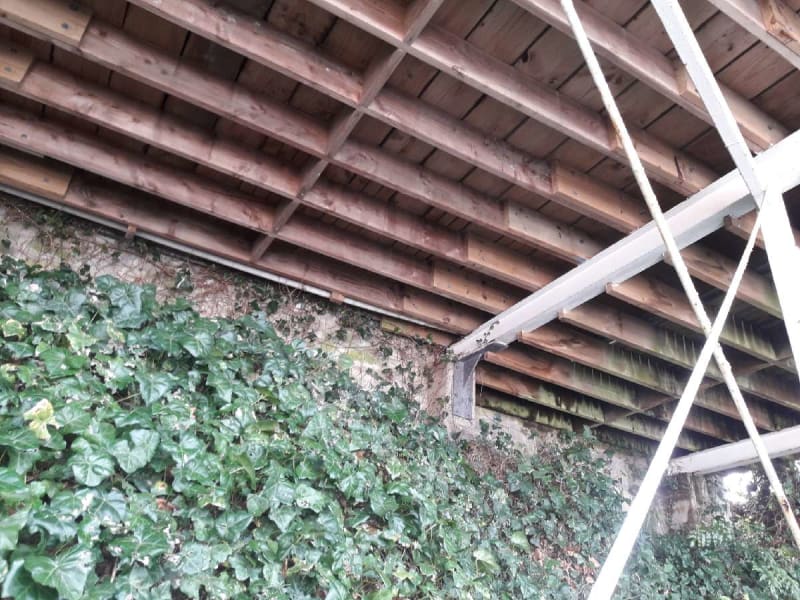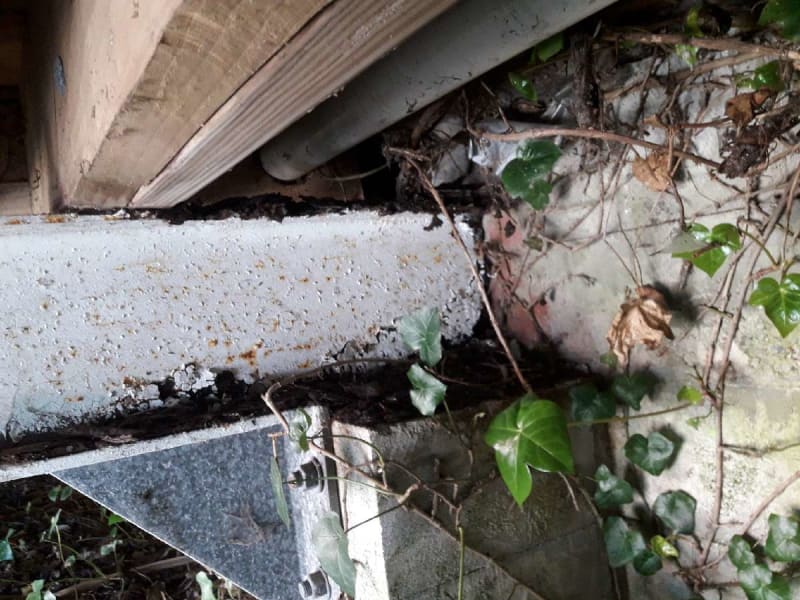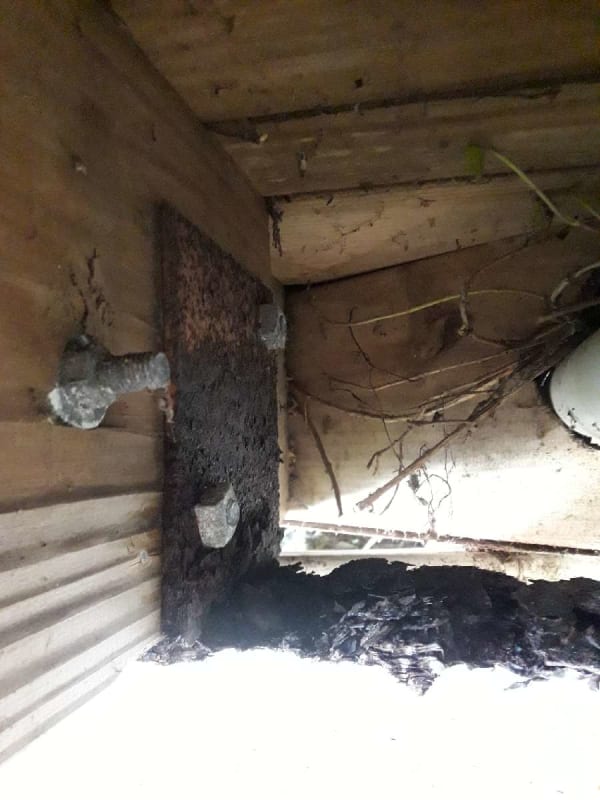Hi,
We are working on a project with extensive corrosion on I-beams which support a residential garage. The ends where they go to concrete, are completely gone and you can put a finger through some of the I-beams.

Wondering what could be the reason for such extensive corrosion? The whole length has some degree of coating failure there, but just the end sections (approx 1m long) have lost around 50% of material.


We are working on a project with extensive corrosion on I-beams which support a residential garage. The ends where they go to concrete, are completely gone and you can put a finger through some of the I-beams.

Wondering what could be the reason for such extensive corrosion? The whole length has some degree of coating failure there, but just the end sections (approx 1m long) have lost around 50% of material.


